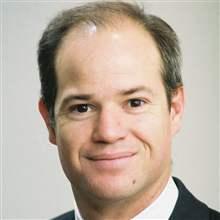Editor’s Note: For years, global poverty eradication and climate change mitigation have been two prominent but separate struggles yet in order to solve both challenges, policymakers will need to consider linked issues across both fields and understand how solutions for one might affect the other. In a new paper for the 2008 Brookings Blum Roundtable, Lael Brainard and Nigel Purvis examine the issues facing climate change and global development and offer recommendations for how to address the urgency of both policy imperatives. View the related book Climate Change and Global Poverty: A Billion Lives in the Balance?
Introduction
Imagine a place where rain stops falling, crops start failing, and people begin dying by the hundreds of thousands. Millions of people living in ethnically diverse subsistence farming communities—who already perched precariously on the edge of existence in extreme poverty—fall into the abyss of violence, systematic rape, and genocide. Survivors live in daily fear of lawless militias and child soldiers roaming the countryside to kill, mutilate, or rob the innocent. Millions flee their homes seeking refuge in equally impoverished adjacent communities that are ill-equipped to help. Conflict and misery spread. The UN Secretary General implores action by the Security Council and the broader international community, but the international community brings neither peace nor justice. Meanwhile, scores of respected scientists discover a link between humanitarian nightmares of this type and pollution from the world’s major economies. Although world leaders express concern, they fail to marshal an effective global response to either the immediate suffering or the environmental crisis that may have fueled it. This plot may seem to be from the latest George Clooney blockbuster, but this is in fact the story of Darfur. This is the story of how climate change could leave global development in the balance.



